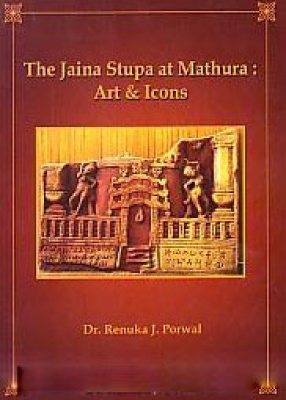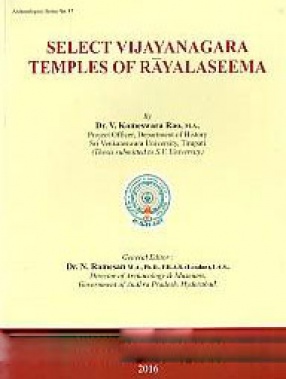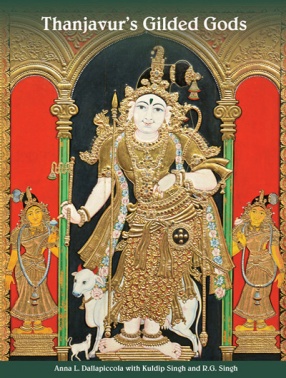
Iconography

251 books

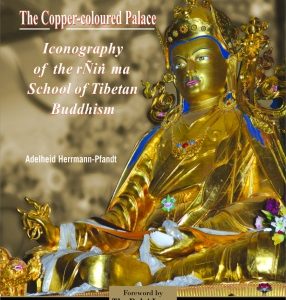
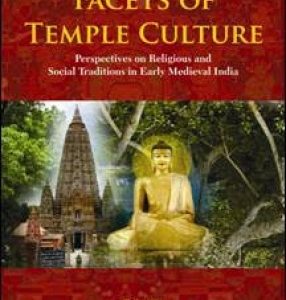
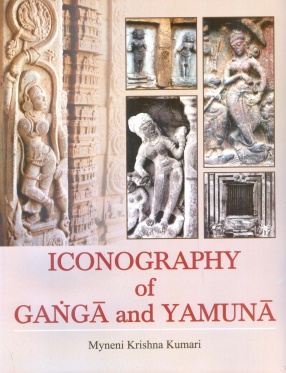
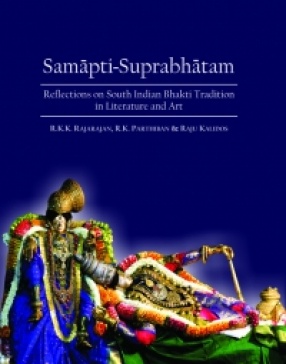
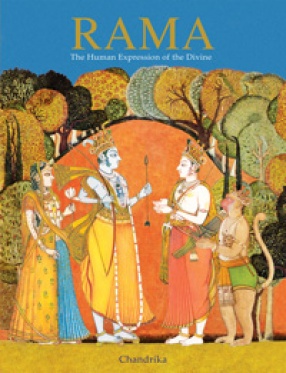
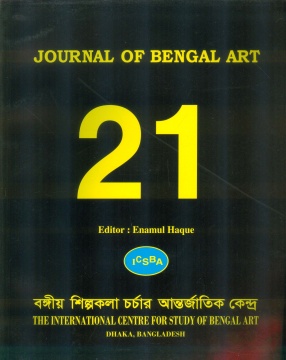
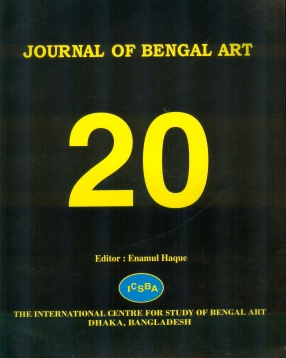
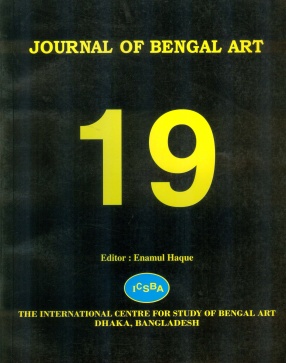
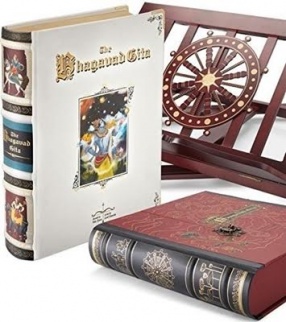
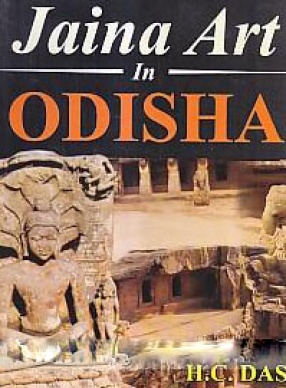
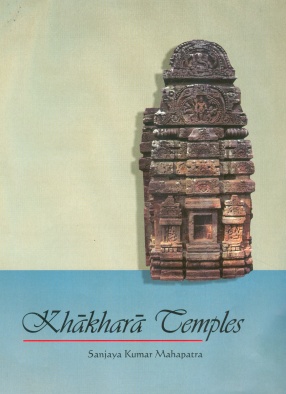
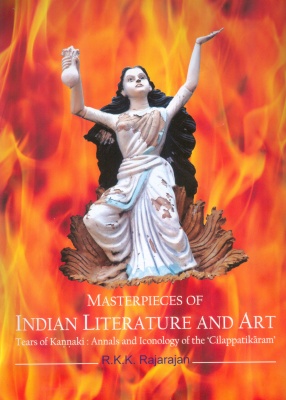
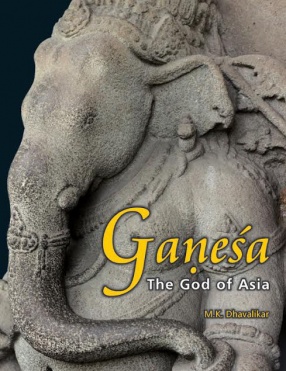

Thanjavur paintings are among the most popular artworks that adorn the walls of Indian homes—avidly collected but little comprehended. This richly illustrated volume presents an enhanced understanding of the subject through an in-depth study of South Indian paintings of the 18th and 19th centuries in the Thanjavur and the allied Mysuru styles. The meticulously researched text showcases and engages with Kuldip Singh's unique collection of 300 paintings. Also ...

The rÑiṅ ma pas are the only minority school of Tibetan Buddhism whose iconography differs markedly from the mainstream iconography re-presented by the gSar ma pa or new schools. Scholarly works on rÑiṅ ma iconography are quite rare and have so far never covered the whole of the rÑiṅ ma pantheon. This book has been written as an attempt to fill this gap, trying to supply introductory as well as comprehensive information, meant for people ...

This book consists of twenty three research papers; afford a welcome enlargement of the scope of the religious, social and architectural discourse, which dealt with the some of the important issues like order of hierarchy in the realm of religions, religious patronage and reciprocity, temple-society interface, facets of temple culture and Buddhism and its cultural phase and other issues of the early medieval India.
The importance of the publication of this book ...

In Hindusim the river Ganga and Yamuna are personified as female deities and the rivers as well as their icons are worshipped as one with the belief that they will ourify the devotees ny their mystic powers while one enters into the temples in this earthly world or the soul after death in the other world.The rich artistic tradition of positioning the figures of the river goddesses at the entrance of the temples followed from the Gupta period onwards is fully ...

The book is in two parts dealing with the sacred hymns of the Alvars and Nayanmar; rooted in the Vedas, the Itihasas, the Gita and the Sahasranamas of Visnu and Siva. The first part presents the Roman transcription and English translation of the holiest of the hymns, the Tiruppavai and Tiruvempavai. The second part is on “Morphological Riddles and Mythological Setting” of the Alvars hymns, and historical reflections on the 'Divyadesas” (Sacred ...
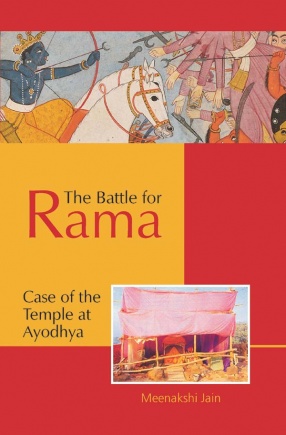
For over two decades, a handful of Left historians have strenuously endeavoured to stymie the Ramjanmabhumi movement. From questioning the antiquity of Rama worship and the identity of ancient Ayodhya, they have also challenged the widely held belief that Babri Masjid was built on the site of the Janmabhumi temple.
Scholars have, however, traced the antiquity of the Rama Katha as far back as sixth-fifth century bce, when ancient ballads (akhyanas) transmitted ...

Between the late sixteenth and early twentieth centuries, Banaras, the iconic Hindu centre in northern India that is often described as the oldest living city in the world, was reconstructed materially and imaginatively, and embellished with temples, monasteries, mansions, and ghats.
Aristocrats, priests, and pilgrims from across South Asia invested in Banaras and created a city that could realize and enhance textual prescriptions. They consolidated sacred sites ...

Chandrika Of Lord Rama, Nobel Laureate, Rabindranath Tagore had said, “In The Ramayana, a God has not cut himself down to the size of a man; a man has become God by the virtue of his many qualities.” It is a fascinating dichotomy which, as the story reveals, eventually merges into a harmony. How Rama straddles both worlds, how Rama the God morphs into Rama the man and how Rama as man grows to become divine – that is the essence of this book. It ...
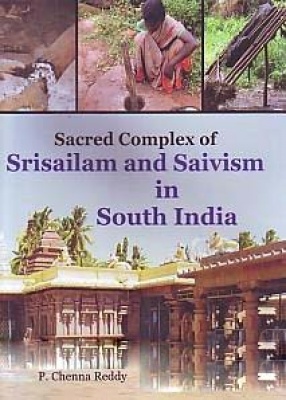



Original scholarly articles relating to the various aspects of the Bengal art in particular and art of the Eastern India and Bangladesh in general are considered for publication in the Journal of Bengal Art. Reports and information on archaeology architecture, sculpture, painting, epigraphy, numismatics, religion, ethnography and the spectrum of folk and decorative arts are welcome. New publications are received for reviewing. Notices and evaluation of ...
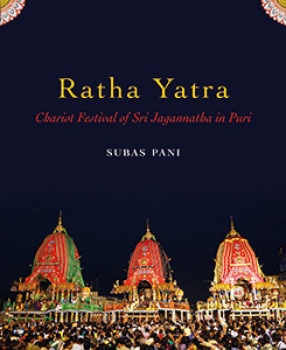
Ratha Yatra, the ancient annual festival of the chariot journey by Lord Jagannatha, the presiding deity of the great temple Srimandira at Puri, is one of the grandest spectacles on earth. Jagannatha along with siblings Balabhadra and Subhadra ride three colourful chariots in their annual sojourn to their garden house and birthplace Gundicha Temple where they stay for seven days before returning. RathaYatra is rooted in ancient traditions, myths and legends and ...
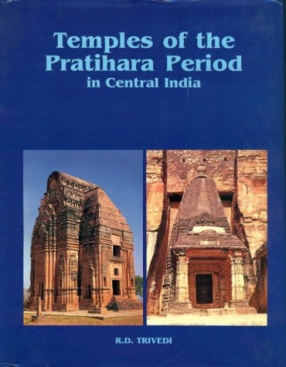
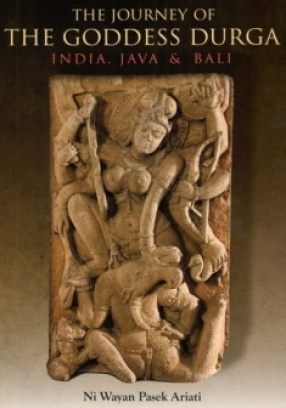
Written by a Balinese historian this volume traces the long journey of images of the goddess Durga within India in the 1st millennium CE and then the long evolution of these images in Java and Bali beginning c.700 CE in the Early Mataram kingdom of ancient Java. In addition to being a historical study this volume also documents the author's personal journey. Raised in a rural village of Bali, the author experienced images of Durga as an awe-inspiring and ...

The Bhagavad Gita, the eternal spiritual wisdom of India, is brought to you from the esteemed House of Nightingale for the first time in all its splendor as an art edition. The philosophies and insights of the Bhagavad Gita transcend all religions and reach out to humanity as a whole by virtue of their sheer relevance at all times. It is regarded as the world's most ancient sacred scripture available to mankind from time immemorial. In the Gita verses 1 & 2 ...

Divine Gesture: The Magnificence of Mewar Spirituality is undoubtedly an important art historical document. The book serves as a catalogue for the 308 sculptures that are a part of the collections of the Maharana of Mewar Charitable Foundation (MMCF), Udaipur. What makes this book unique is the fact that there is perhaps no gallery or catalogue that documents an unbroken tradition of sculptures, from the 7th century CE to the 20th century CE, from a specific ...


Orissa is known for its rich heritage of art and architecture. The temples of Orissa are closely entwined with Orissan culture. They cover a plethora of interest covering art, architecture, sculpture, religious faith and rituals. It is true that temples in some form must have originated as soon as the image worship came into vogue basing upon the idea that God has made man out of his own form.
The temples of Orissa resolve themselves into three broad ...

Kannaki and the annals of Cilappatikaram are foremost among the Tamil epics. The focus of Masterpieces of Indian Literature and Art: Tears of Kannaki: Annals and Iconology of ‘Cilappatikaram’ is on iconology and visuals bearing on the subject.
Designed in five nodal chapters, the book in two parts includes two annexure-s, glossary, bibliography (Part I), and Roman transcription of the Cilappatikaram followed by a comprehensive index (Part II), ...

Ganesa is probably the most popular god in India among the Hindus and was accepted by the Buddhist and Jaina as also by the Tantrics. His very therianthropic form evokes curiosity and many attempts have been made to explain it on the basis of literary testimony which, however, is a later fabrication. Relevant archaeological testimony, however, was largely ignored. But it should be emphasized that only archaeology offers reliable data which has been employed here ...
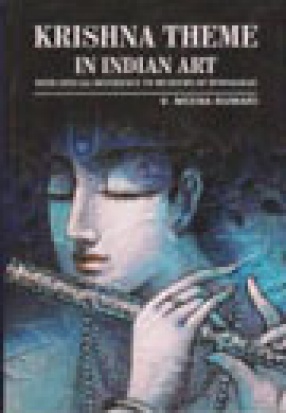
The theme of Krishna held fascination to religionists, philosophers, poets and artists throughout the ages in India. On the Philosophical plane, Krishna is considered the crucial power in the struggle between good and evil. The Yogis considered Sri Krishna to be the absolute truth, the Gopis considered the highest object to love and the warriors as an ideal hero. This idea are expressed in the Bhagavata has made the Krishna worship broad-based. On the popular ...
